This is something that I should have done a long time ago. I have had these plums prepped and improperly stored in the freezer for over six weeks now. The truth is, I thought that I would talk about brewing much more than I have. This may be the first time I have written about it other than saying that this was one of the things that I was going to write about.
About mid August, a box of plums showed up on the deck. I don’t really know where they came from. I think I do, but nothing has ever been confirmed. Now, I don’t really care for them and would much prefer them dried, then called a prune. I also thought about trying to give them away, ultimately I decided to try and make wine.

Never having done this before, I did some research. Plums are a stone fruit. It seems like they are related to the peach and the almond. So, there is some risk of cyanide that is contained within the pit. It was generally regarded as minimal risk with a whole pit, (not being ground or broken) and in some cases it was preferred to have some pits with the brew. I decided to just pit them all for several reasons. Since I don’t know the source, I don’t know the condition of the fruit. Could they be rotten or green or contain bugs?
I didn’t have plans to immediately brew which is why these went into the freezer for a later date. This has several advantages beside managing schedules, freezes will kill undesirables. It will also rupture cell walls making the essence of the fruit easier to access when I decide to get started. From a (home) brewing perspective, freezing fruit is a helpful technique to to making the best batches.
I’ve done quite a bit of reading and learning about beer. However, the same is not true with wine. I guess what surprises me is that most fruit wines use sugar as an additive. In this case, I had 15lbs of fruit but also 15lbs of added sugar. At least this is the case in the homebrew world. I am aware that in the wine world, nearly anything can be done to make adjustments, from acid to flavor. I guess we will see how it comes out.
What kind of yeast do you use? I chose a freeze dried pastor blanc yeast from Red Star. In my beer research, I know that the liquid yeast strains seem to be the premium choice. However, I have not found it to make that much difference in taste. I have pretty much switched over to dry yeast for the cost and storability. I have both and could have used either red or white yeast.
Along with 3 gallons of water and a few adjuncts (that are not strictly necessary), I got my wine started. I added one teaspoon of acid blend (citric and maleic), 1 teaspoon of yeast nutrient for getting the yeast going, it is some kind of urea (or nitrogen compound) and one teaspoon of pectic clarifier. I dont think that is necessary either.
Finally, I added three Campden (Sodium metabisulfite) tablets. As strange as it sounds, these are added to retard the fermentation. Traditionally, the primary fermentation is done in open vessels and the skins of grapes contain enough yeast to ferment by themselves. The brewer wants to make sure that his added yeast takes off first to have the most controlled outcome. These tablets also contain free radical scavengers to consume oxygen and reduce the oxidation of the juice.
End Your Programming Routine: So far, my experiments with wine have been not great. I have found the best place to use them is cooking or mulled. But that is OK, It is the place where my science training still gets exercised a little bit. I will keep you updated on how the process progresses.

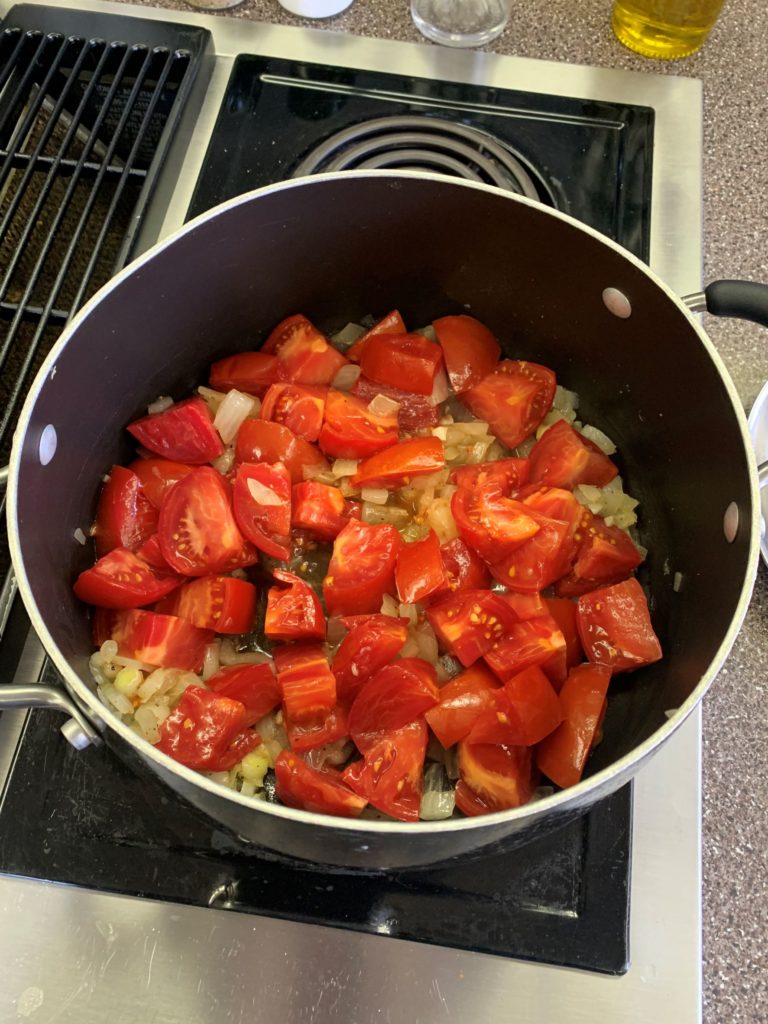

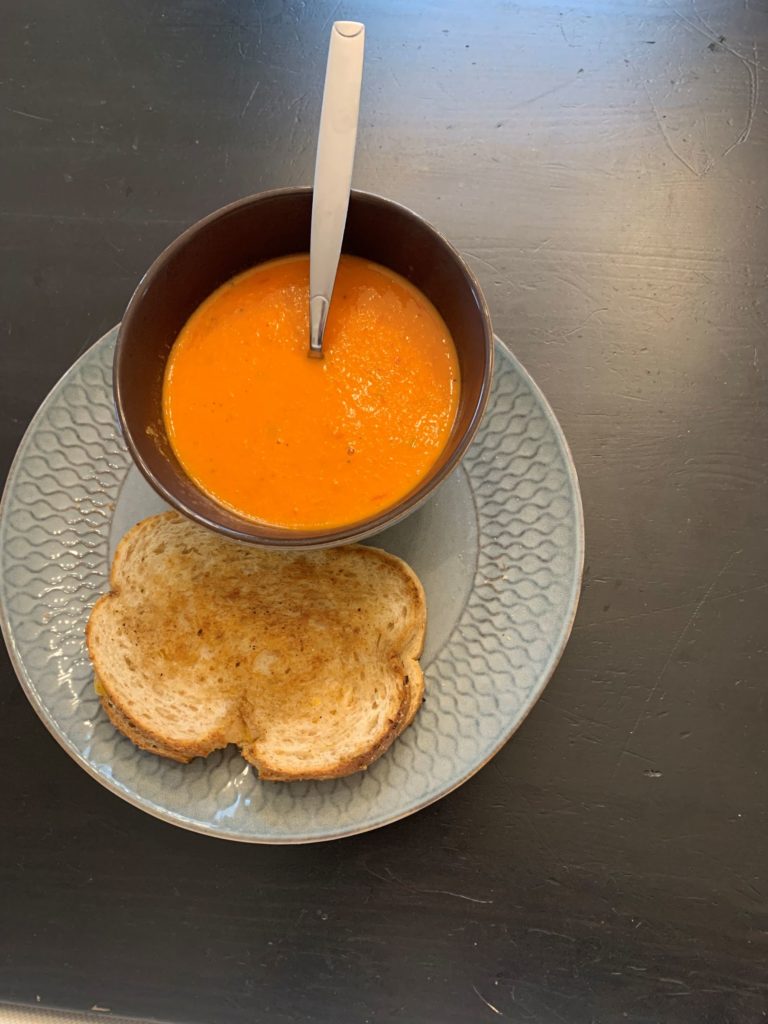
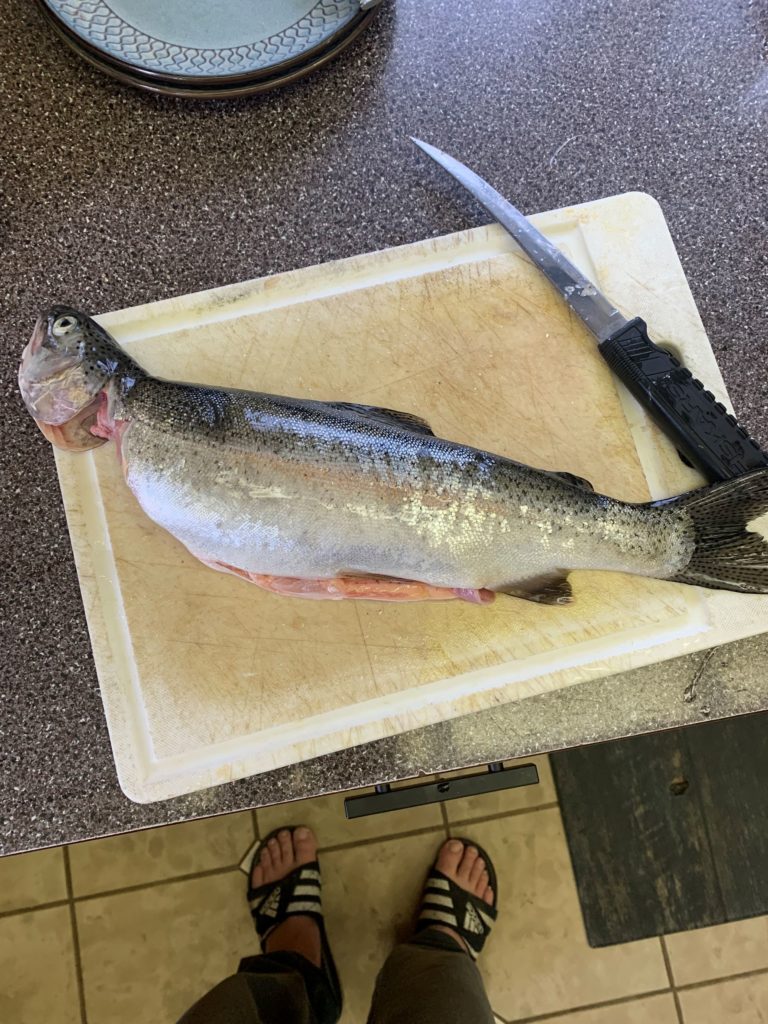

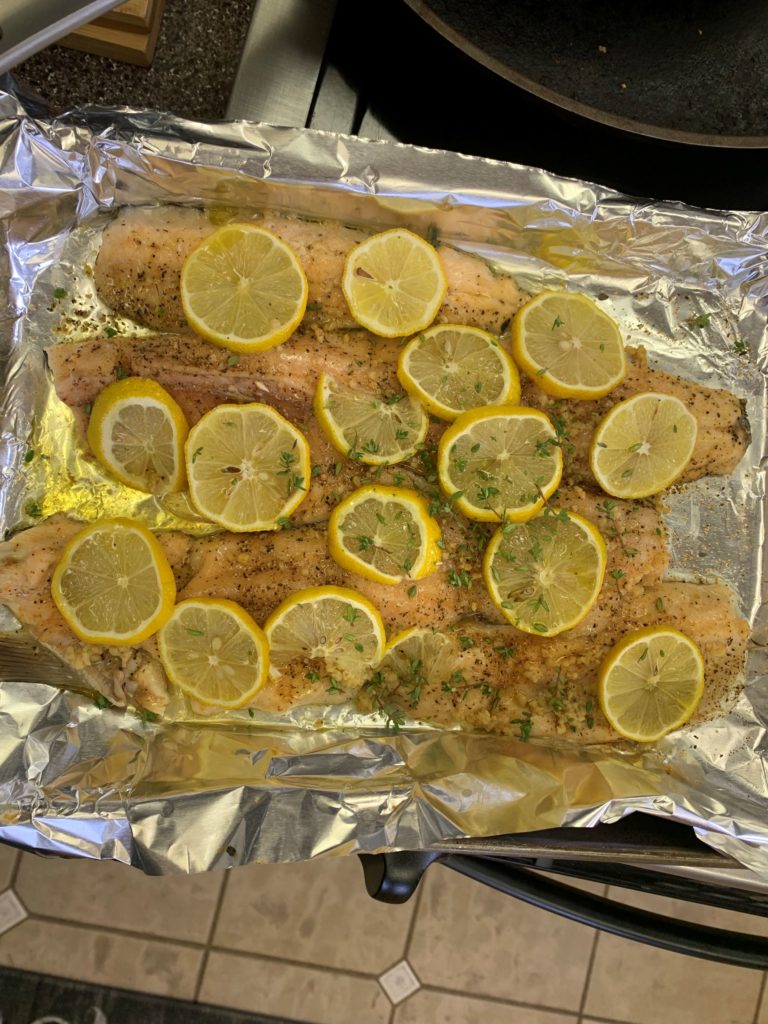
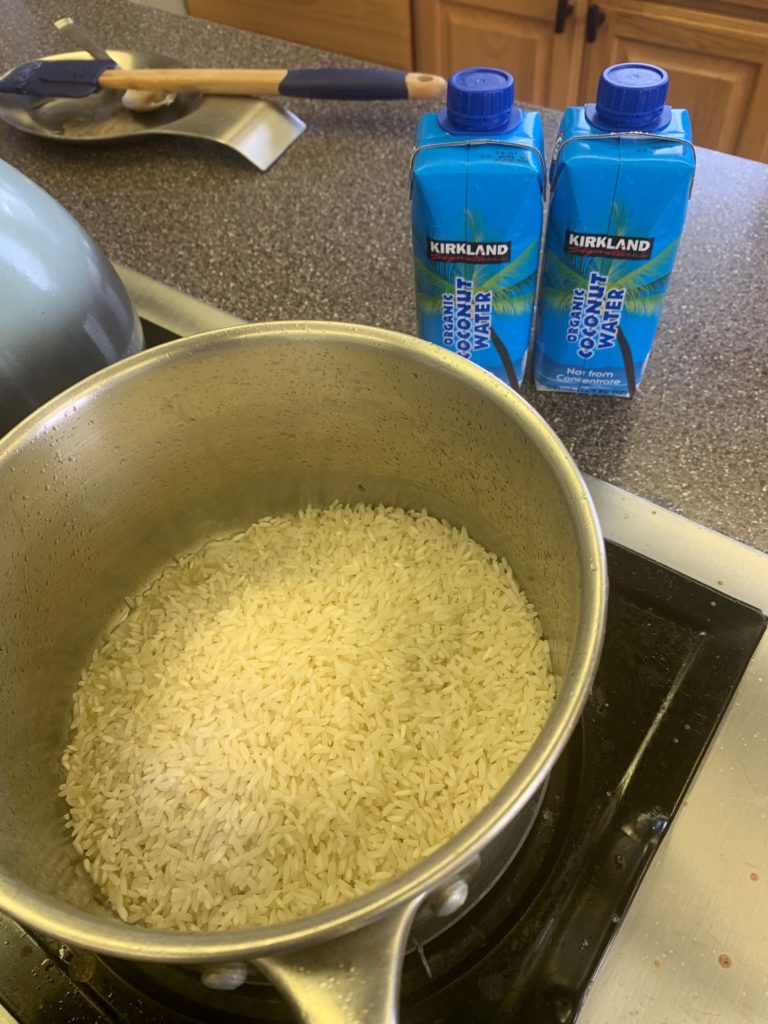

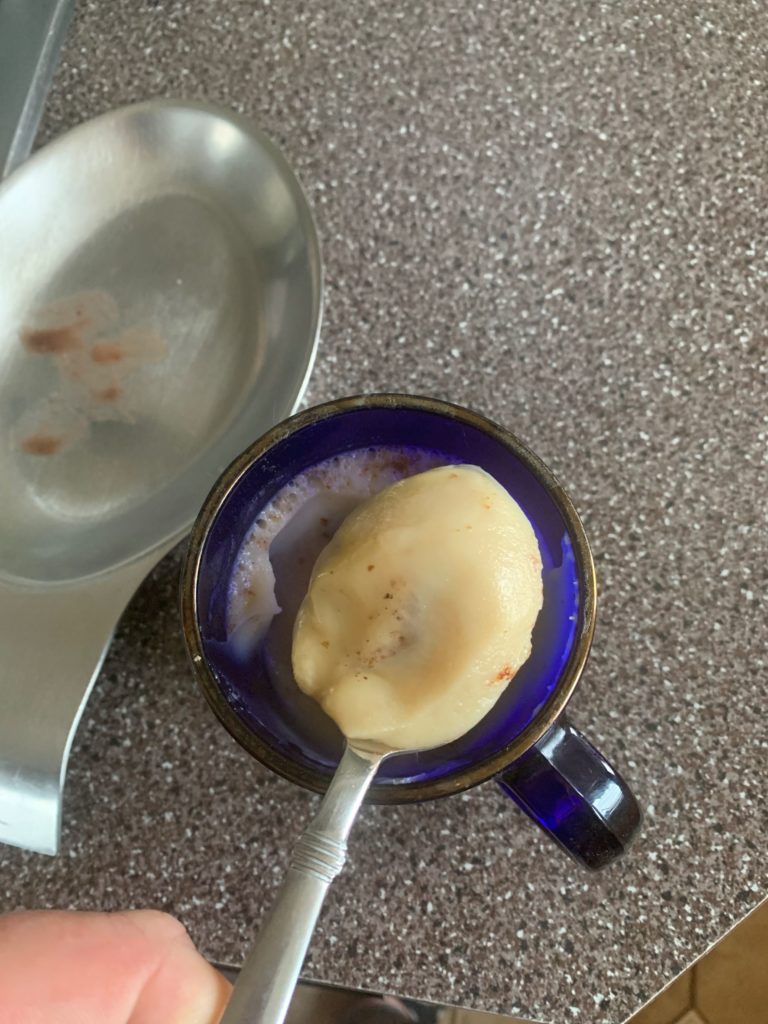


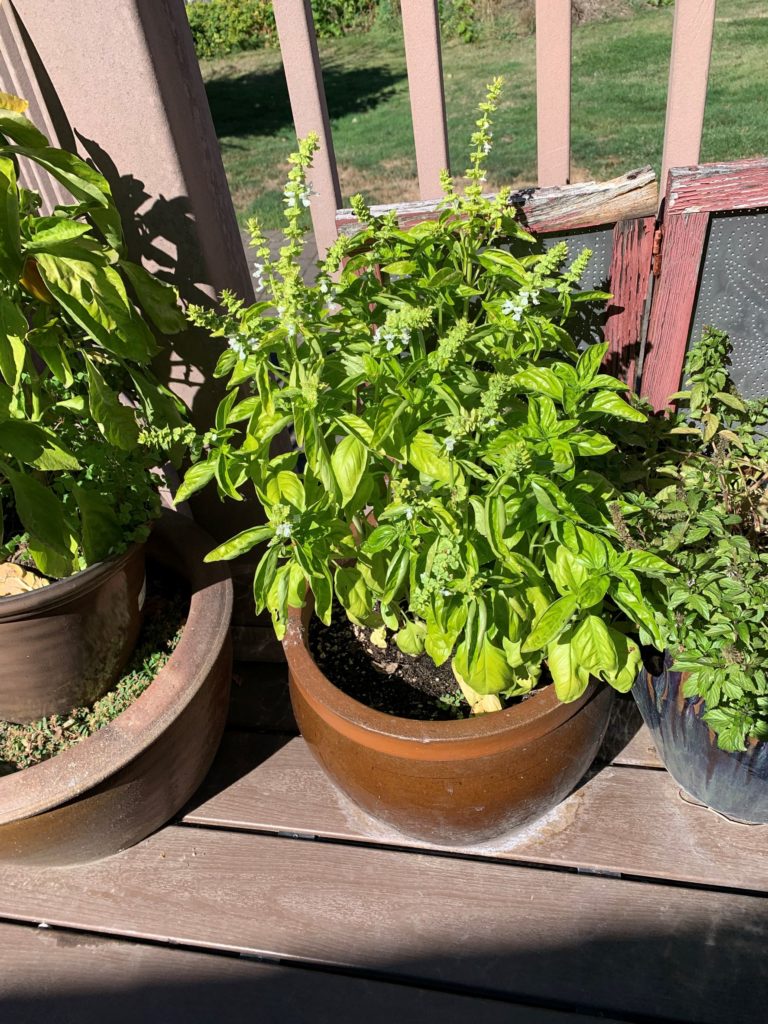

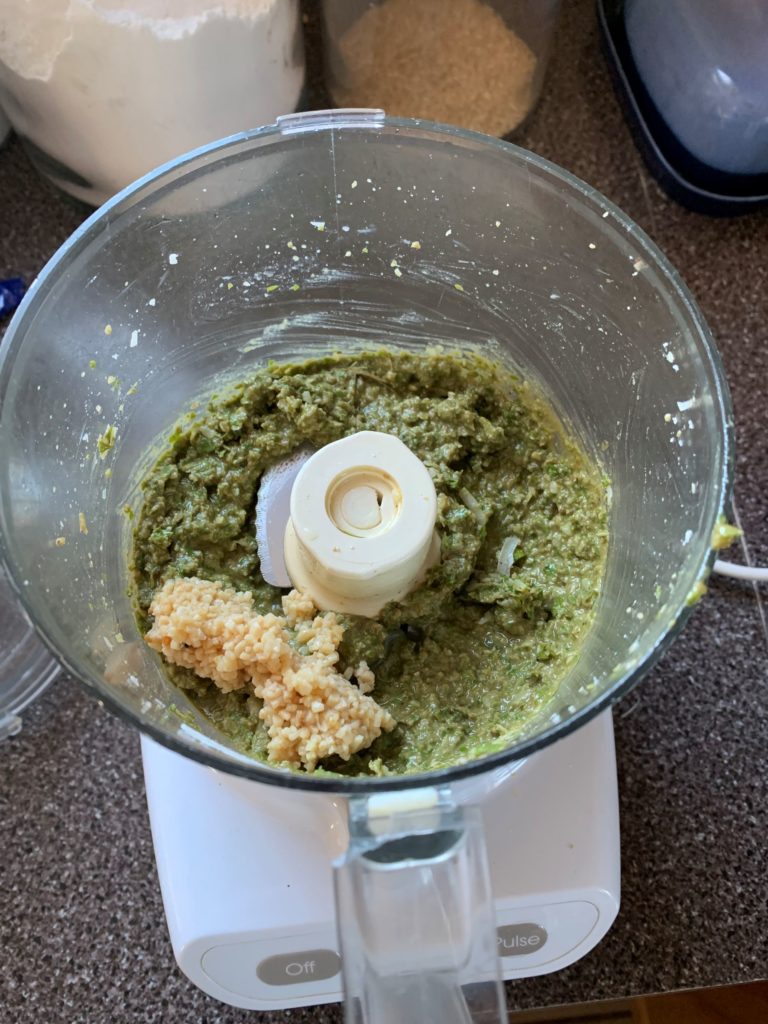

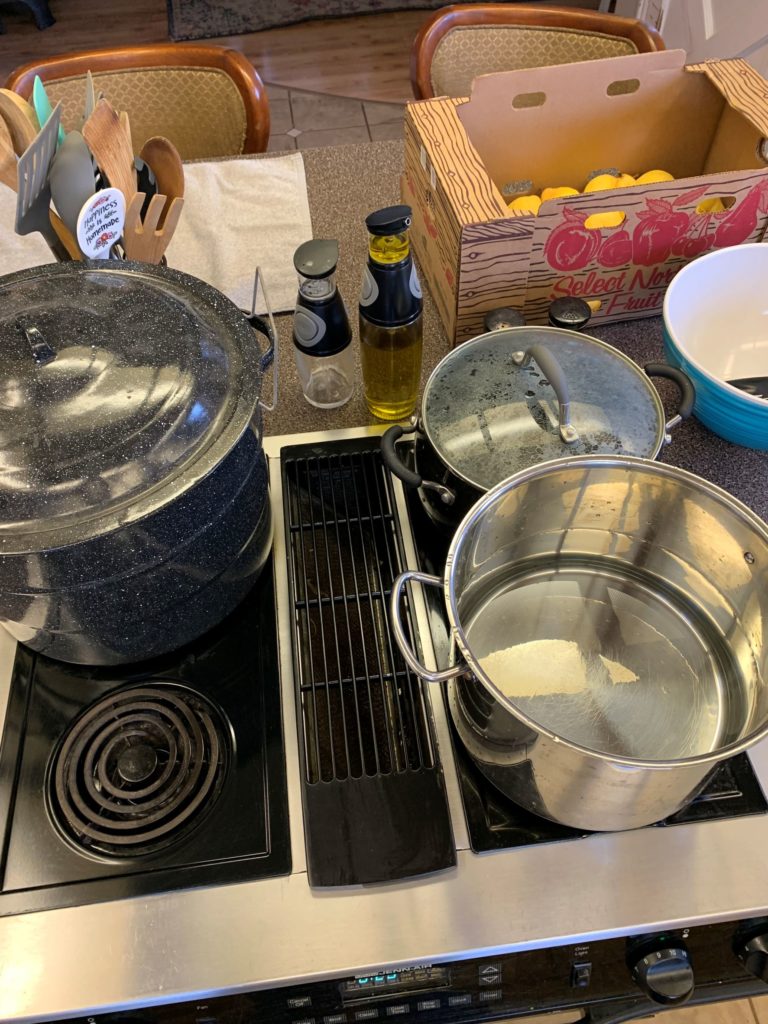
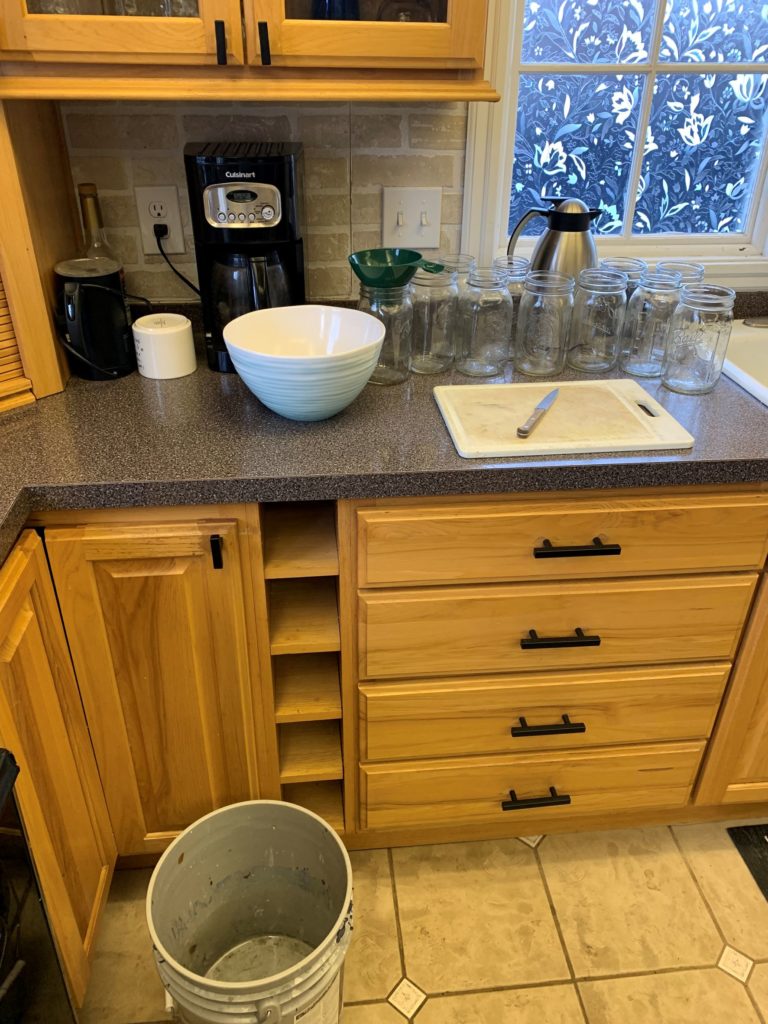


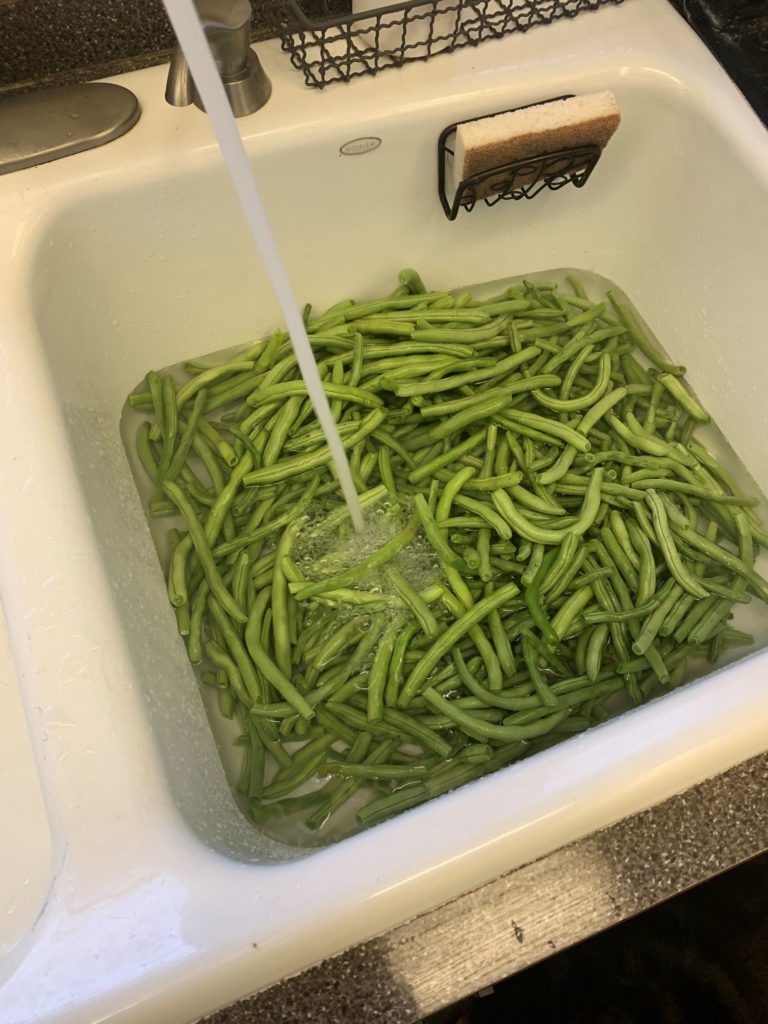
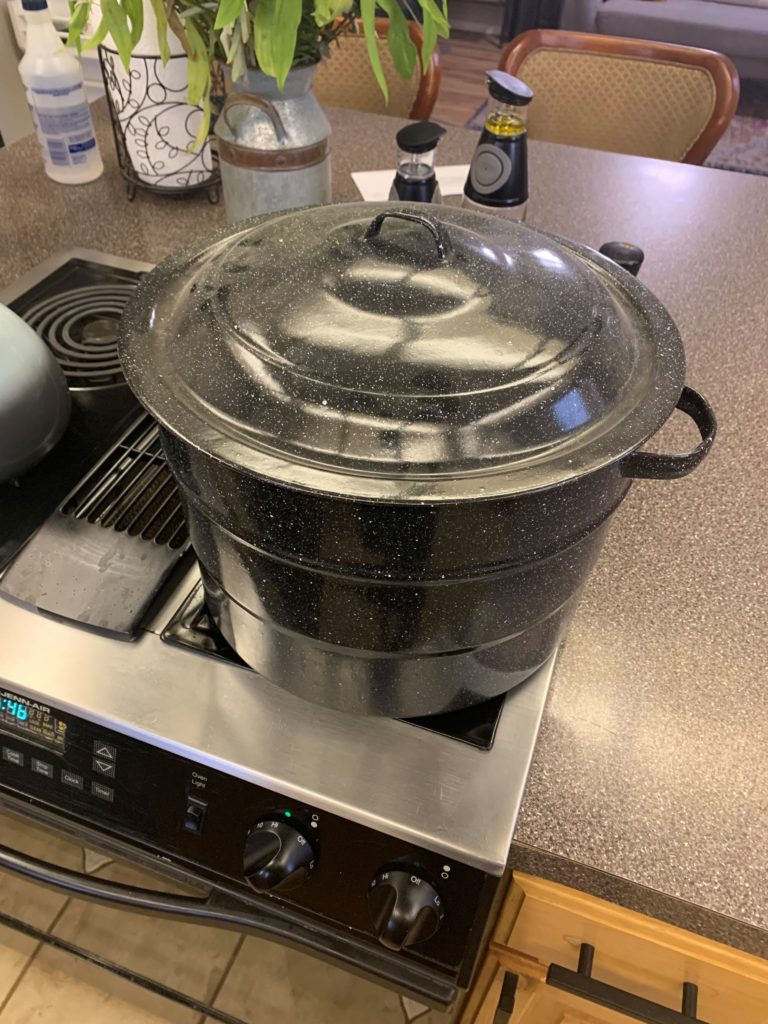


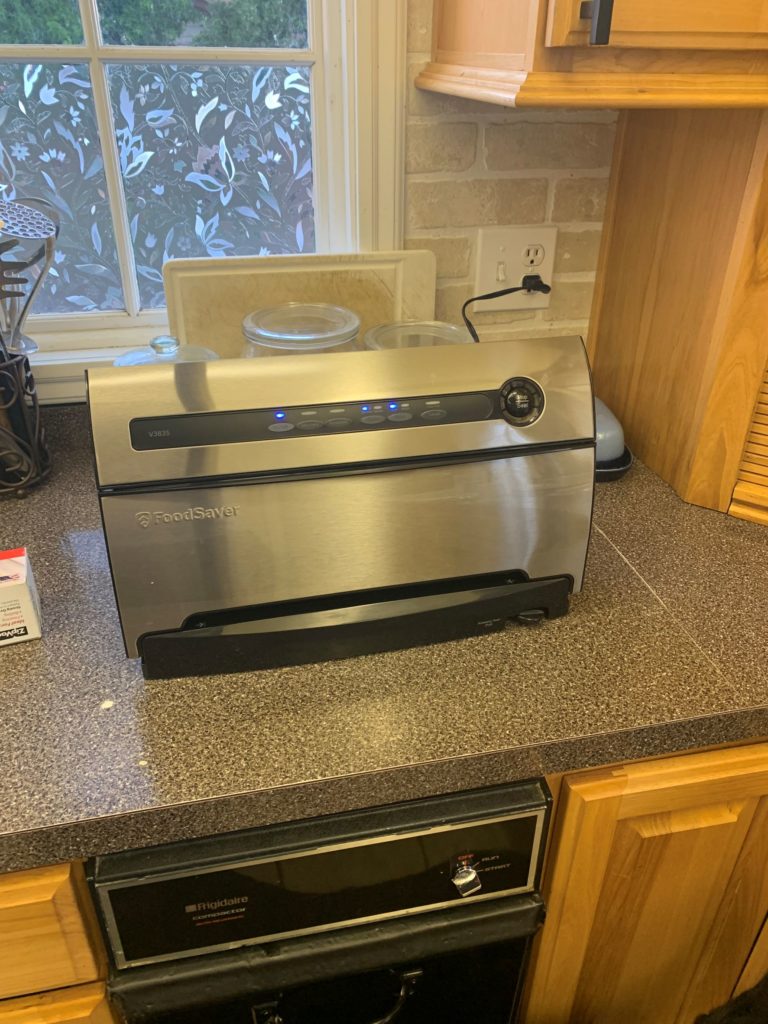
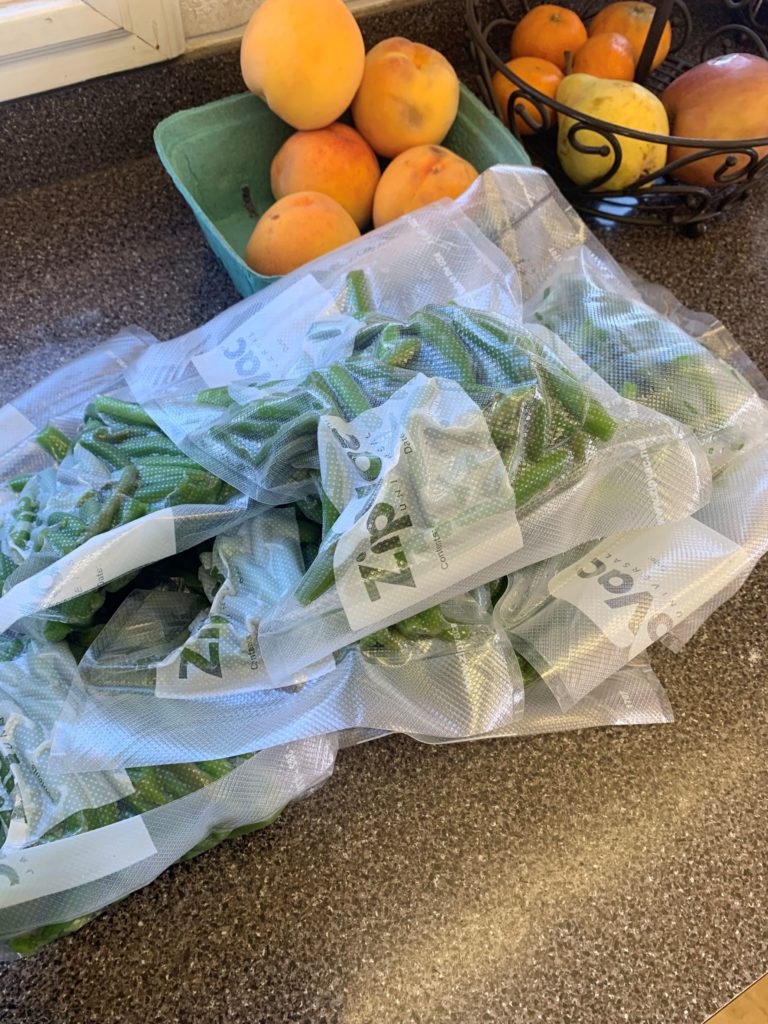

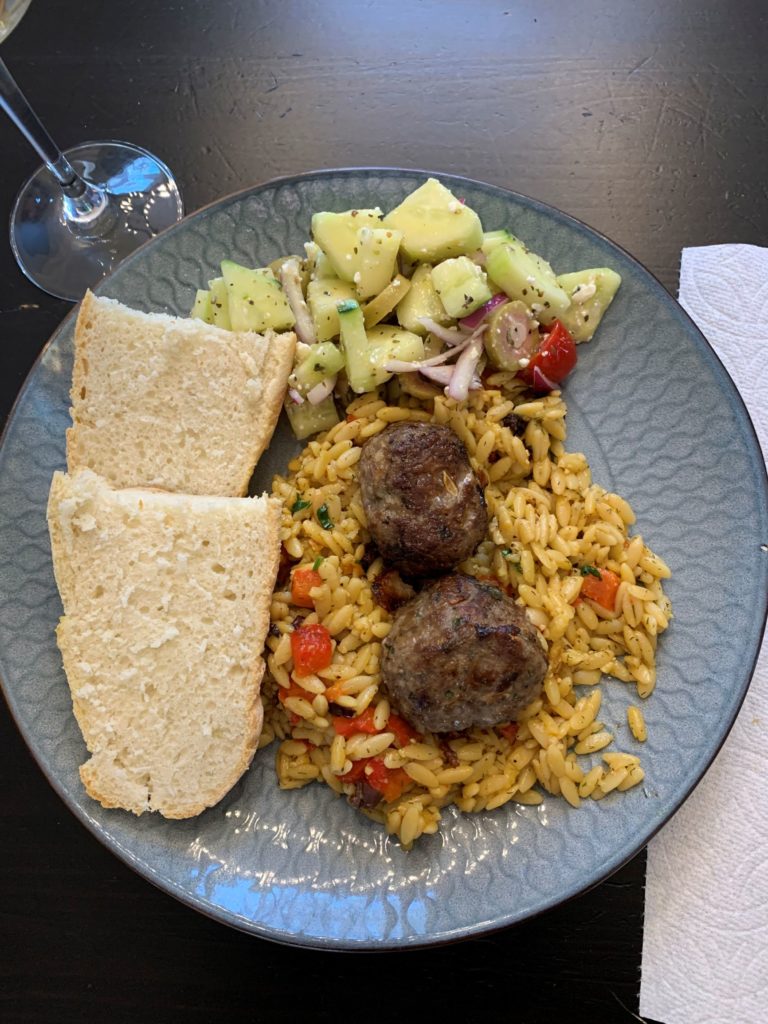

Recent Comments